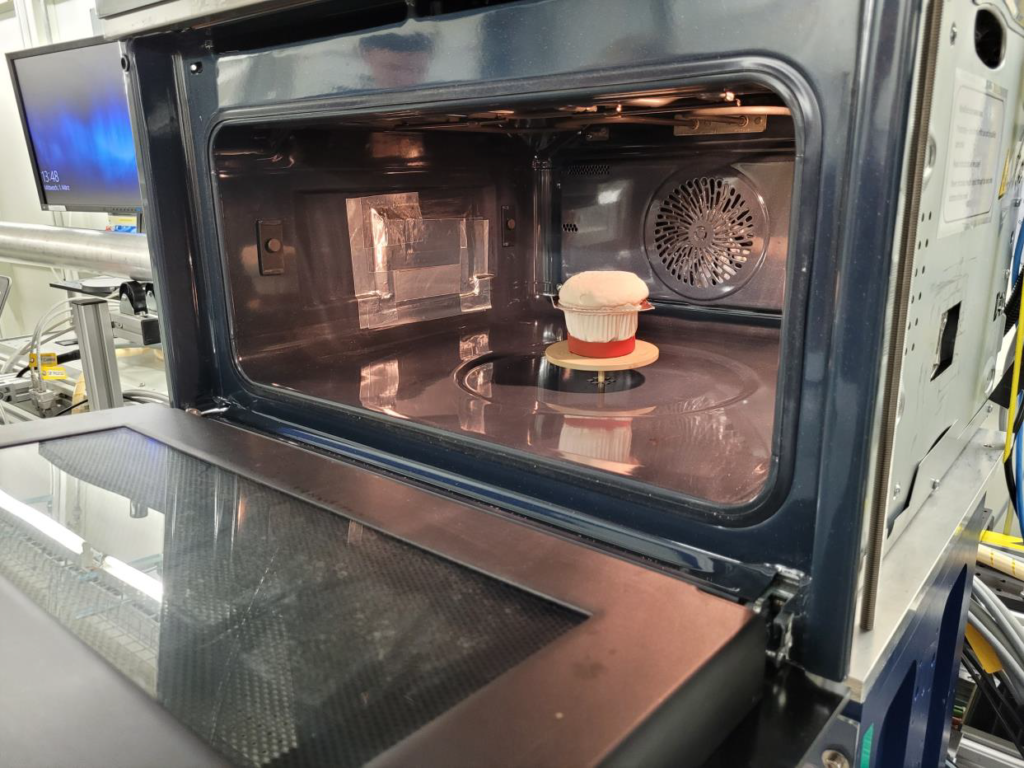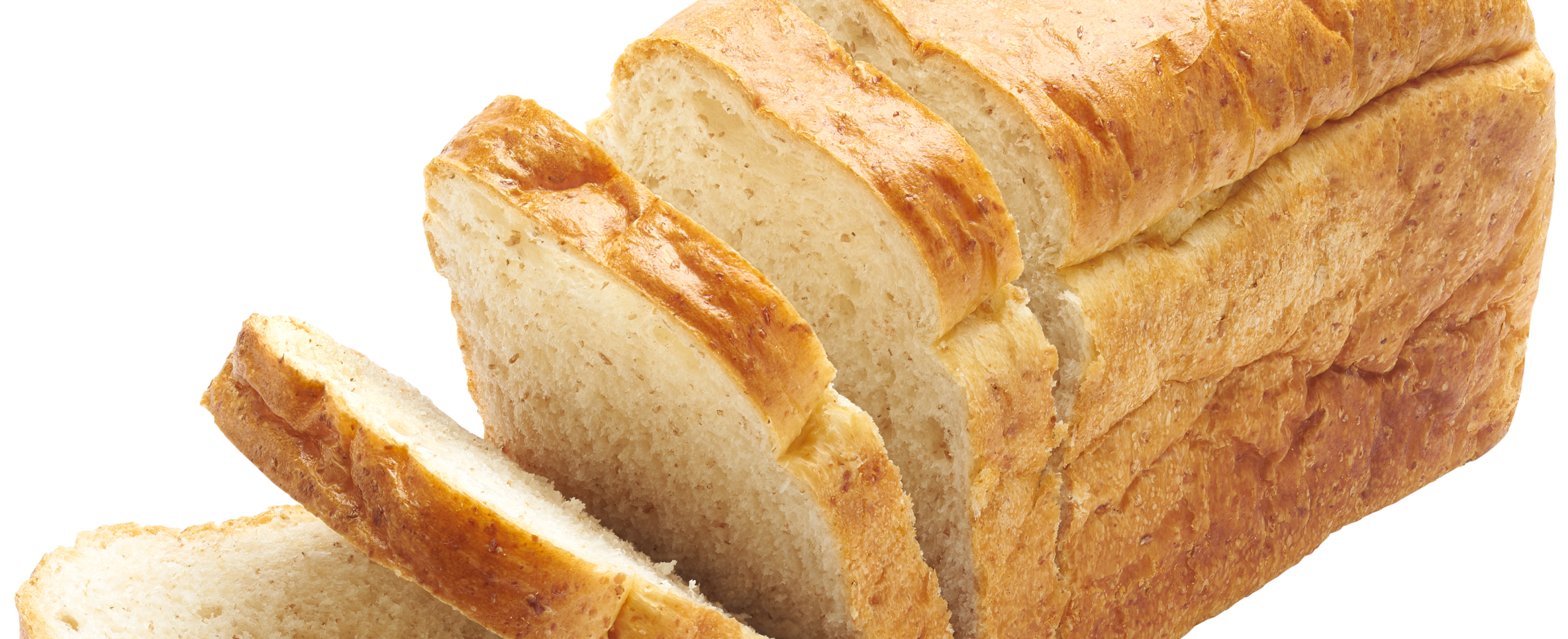Send us your feedback
Here you can send us feedback on the Maxess-website. Please describe the problem or what’s missing in a clear way, and on what page you found the issue. Thank you so much for your help!
3D in situ analysis of the baking of gluten-free bread
Lyckeby, Sveriges Stärkelse-producenter, in collaboration with Garbo Food, wanted to investigate how different types of starches affect the time-dependent bubble formation that increases the volume of gluten free bread. To carry out the experiment, they chose to collaborate with RISE.
Gluten-free breads often do not reach the same quality as their wheat-based counterparts. They often obtain less volume and age faster, which in turn can be improved by adding modified potato starches. For the understanding of how the properties of different types of starches affect the time-dependent bubble formation that increases the volume, it is important for the industry to be able to analyse different part of the baking process in real time.
Different types of starches
Lyckeby, Sveriges Stärkelse-producenter wanted to investigate how different types of starches affect the time-dependent bubble formation that increases the volume of gluten free bread. To carry out the experiment, they developed gluten-free doughs based on a benchmark recipe of Garbo Food, a speciality bakery specialising in gluten and dairy-free bakery products, with the addition of different potato starches (native or modified) which were produced and fermented at the TOMCAT beamline at the Swiss Light Source of Paul Scherrer Institute (PSI) in Switzerland. An Electrolux oven sample environment of RISE, allowing both convective and microwave baking, was used and samples were analysed during microwave-convective or convective baking. The retrogradation (ageing) of the finished baked bread was determined after storage by measuring the crystallinity of the nanostructure with laboratory SAXS-WAXS.

An Electrolux oven sample environment of RISE, allowing both convective and microwave baking, was used in the experiment.
A slight collapse of the pores
With synchrotron data, pores and the bread material in the form of lamellae were visualized and distinguished very clearly, and the pore size, porosity (i.e. proportion of pores) and thickness of the lamellae were all quantified in 3D. A surprising structure development of the gluten-free bread was the stalled increase of porosity during convective baking followed by a decreased. The visualisation showed that this indicates a slight collapse of the pores, which may be due to the lack of gluten that can hold the pore structure together. Combination baking with microwaves, on the other hand, shows a continuous increase in porosity throughout the baking process. Gluten-free bread with modified starch addition showed a somewhat higher porosity and thinner lamellas compared to addition of native starch using combined baking. The retrogradation, measured as peak intensity ratio between B and V-type starch, showed that all gluten-free breads retrograded a lot after storage for three days in room temperature, especially bread containing non modified native starch and the bread baked using combination baking. After freeze storage there was low retrogradation found, except for the bread containing native starch that also retrograded in the freezer.
Contact Partners
Case Details
Lyckeby Sveriges Stärkelseproducenter; Garbo Food
RISE Agriculture and Food are using X-ray and neutron techniques at LSRI



